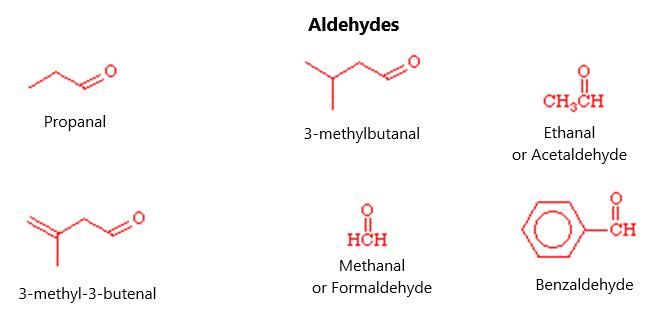CHAPTER 5: ALDEHYDES, KETONES, AND CARBOXYLIC ACIDS The focus of this chapter is the chemistry of aldehydes, ketones, and carboxylic acids. This is the first time the chemistry of oxygen comes into play in this course. Aldehydes and ketones are discussed together because they have very similar chemistry and reaction types. Carboxylic acids are also oxygen-related because they have a COOH side chain as their defining characteristic. They also have great reactivity and are seen in nature as fatty acids and other biochemically-important molecules. In all cases, you will come to understand their nomenclature, their physical properties, and some of the most important chemical reactions associated with these molecules. Aldehydes and Ketones Like alkenes, aldehydes and ketones have double bonds; however, the double bonds in aldehydes and ketones include the oxygen atom. Because oxygen is highly electronegative, the carbonyl group that defines these compounds has a dipole moment. Because of this, these compounds will have higher boiling points when compared to alkenes of the same length. They are also somewhat more water soluble. Figure 38 illustrates the dipole moment of a ketone molecule:
Figure 38.
75




























































